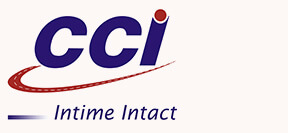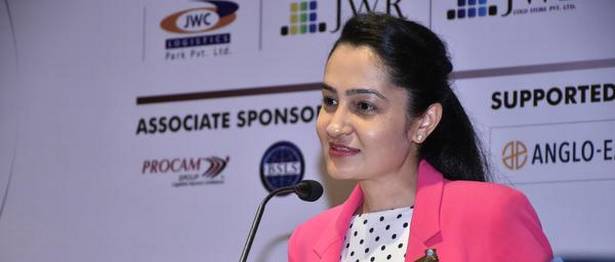03
Mar
2020
Maritime SheEO will help remove glass ceiling in shipping industry: Sanjam Sahi Gupta
Sanjam Sahi Gupta runs Sitara Shipping, a privately-owned non-vessel operating common carrier (NVOCC) based in Mumbai. In an industry where women in leadership roles are an exception rather than the norm — Harjeet Kaur Joshi, the current Chairperson and Managing Director of Shipping Corporation, is a prime example — Gupta has been at the forefront of driving gender equality and diversity in shipping.
A founding member of the Women’s International Shipping and Trading Association (WISTA) in India, board member of WISTA International and a member of the executive board of directors of the World Maritime University, Gupta received the Sandvik Gender Award for her outstanding contribution and commitment to gender equality in 2018.
In 2019, she launched a new project to support women leadership within the maritime sector, aptly named Maritime SheEO, which will hold its first conference here on March 20, endorsed by the International Maritime Organisation (IMO), International Chamber of Shipping and supported by the Directorate General of Shipping and United Nations Global Compact, India.
How did the idea germinate and what is Maritime SheEO all about? Excerpts from an interview:
What is Maritime SheEO?
It is a concept to support the next generation of female maritime leaders. Maritime SheEO offers a bouquet of services focussing on the business case for diversity. It aims to create solutions that can impact the entire maritime industry — with a focus on diversity and inclusion (D&I), leadership, innovation, entrepreneurship and competitive advantage.
It employs D&I initiatives to address and eliminate unconscious biases, uses gender sensitisation techniques throughout the programme and enables the smooth transition of women from ship to shore positions.
One of its main focus areas is to conduct leadership accelerator programmes for women in the maritime and logistics sectors. Further, it works with employers to create an environment conducive for women to rise to leadership roles.
How did it all begin?
Women in maritime is not just women sailing, it’s also women on shore. It’s both. You cannot take one without the other. The starting point for Maritime SheEO was the Sandvik Gender Award (I was the recipient in 2018), which funded India’s first survey for data on women in maritime encompassing 225 companies working in all the verticals of maritime.
The survey showed that not only were there very few women leaders in maritime, but that women also felt they lacked the training and skills to rise to leadership positions. It was a baseline report but a good starting point to know more and to discuss the maritime industry with respect to gender parity.
We basically have an industry in which half the workforce is not allowed to run at the speed it can. It’s essentially half the workforce that is going around with its leg in a plaster and we continuously keep asking — why aren’t you running faster, why aren’t you CEO, why aren’t you reaching the ranks of captain or chief engineer. It’s a completely loaded question.
Today more than half of our prospective workforce aren’t given the opportunities they deserve, so that our industry can also prosper.
Do you think enough has not been done to support women to emerge as leaders in maritime?
On the one hand, we lament about the lack of talent or labour pool available. On the other hand, we have women who want to work, want to have the right training, education, and the right motivation, but are not given equal opportunities to work.
It is well established that the maritime industry is ridden with systematic gender discrimination against women — conscious and sub-conscious. Working to identify and eliminate these gender biases will be a task to prioritise for every manager in every company, should they succeed in hiring and retaining female talent. We will use the platform of Maritime SheEO to remove the glass ceiling in the industry.
What is the downside of this gender bias?
Let’s take, for example, seafaring. We have a lot of women who want to make a career at sea but they come ashore very soon due to the lack of a conducive environment or lack of employment. We have these women who are technically qualified — either on the deck or engine side — who are very good candidates to take on operational roles.
What if we have women entering the workforce to eliminate the demand-supply gap…to not let them work is a crime against economics and common sense. And if we want to make our industry and our country even better, then let’s give it a big boost by just letting women participate even at the inequitable terms that they can participate.
The untapped potential of letting women participate in the job market is the biggest underutilised economic potential there is today. It’s bigger than if you found source of cheap, clean energy fuel.


